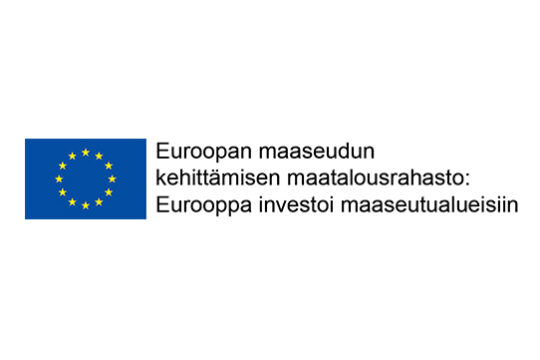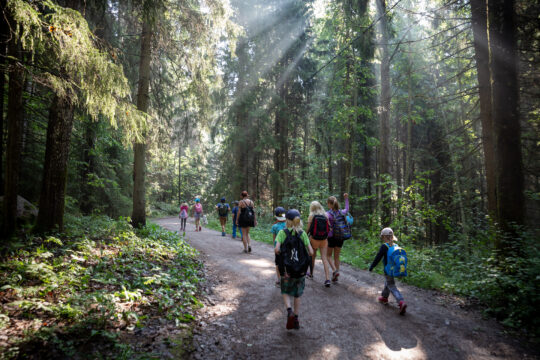UNESCO Global Geoparks
UNESCO Global Geopark is a designation awarded to geologically significant areas by the United Nations Educational, Scientific and Cultural Organization (UNESCO). UNESCO ratified the creation of a new label, the UNESCO Global Geoparks, during the 38th General Conference of the Organisation in 2015. In August 2020, there are a total of 161 UNESCO Global Geoparks in 44 countries around the world. The number of UNESCO Global Geoparks continues to grow as new geoparks are accepted into the network each year based on their applications and field evaluations.
The Global Geoparks Network (GGN) is an international cooperative organisation founded in 2004. All UNESCO Global Geoparks are members of the Network. The purpose of the Network is to work together and exchange ideas of best practices. The European Geoparks Network is a similar network of European geoparks.
UNESCO Global Geoparks are sites of geological interest, but the concept also includes the promotion of regional culture, history and nature. The purpose of geoparks is to promote sustainable tourism and regional economies, improve understanding of the local area and strengthen local identity by developing educational activities directed at all ages. Networking, cooperation and learning from other geoparks are also important elements in the work of these organisations. Geoparks work towards achieving the Agenda 2030 sustainable development goals of the United Nations.
So far, there are two UNESCO Global Geoparks in Finland: Rokua Geopark and Lauhanvuori-Hämeenkangas Geopark. Saimaa Geopark has submitted their application. The Salpausselkä Geopark area, comprising the municipalities of Asikkala, Heinola, Hollola, Lahti, Padasjoki and Sysmä, is being developed to meet the criteria set for UNESCO Global Geoparks. The aim is to submit an application to UNESCO in 2020.

